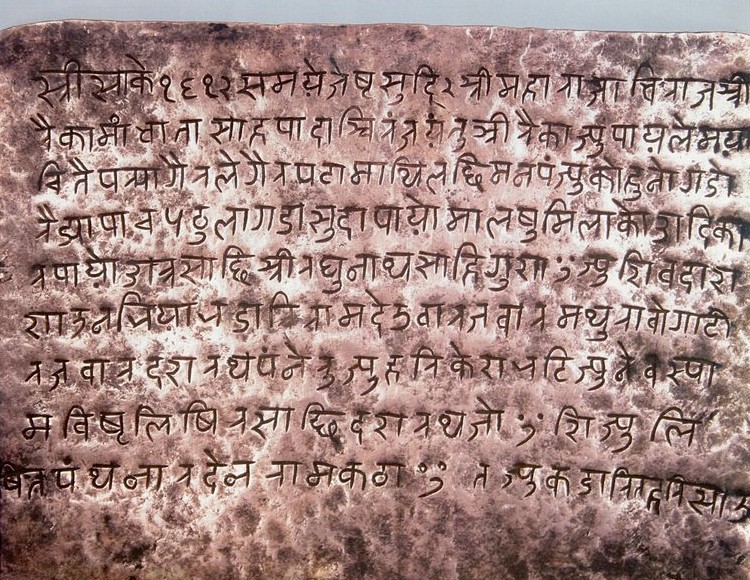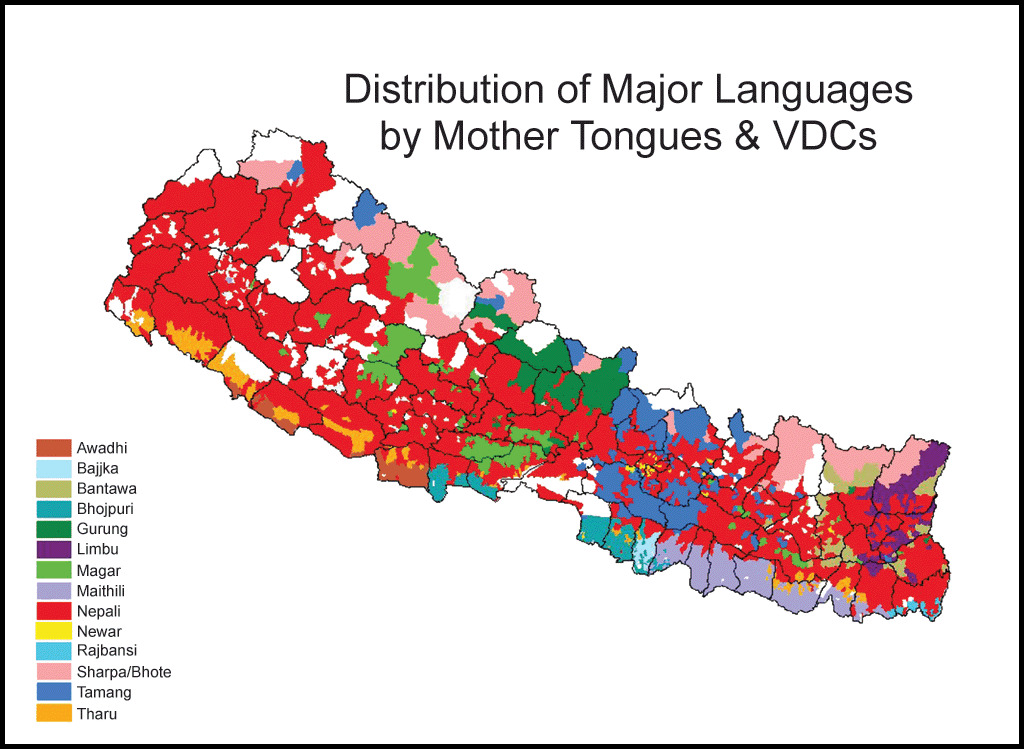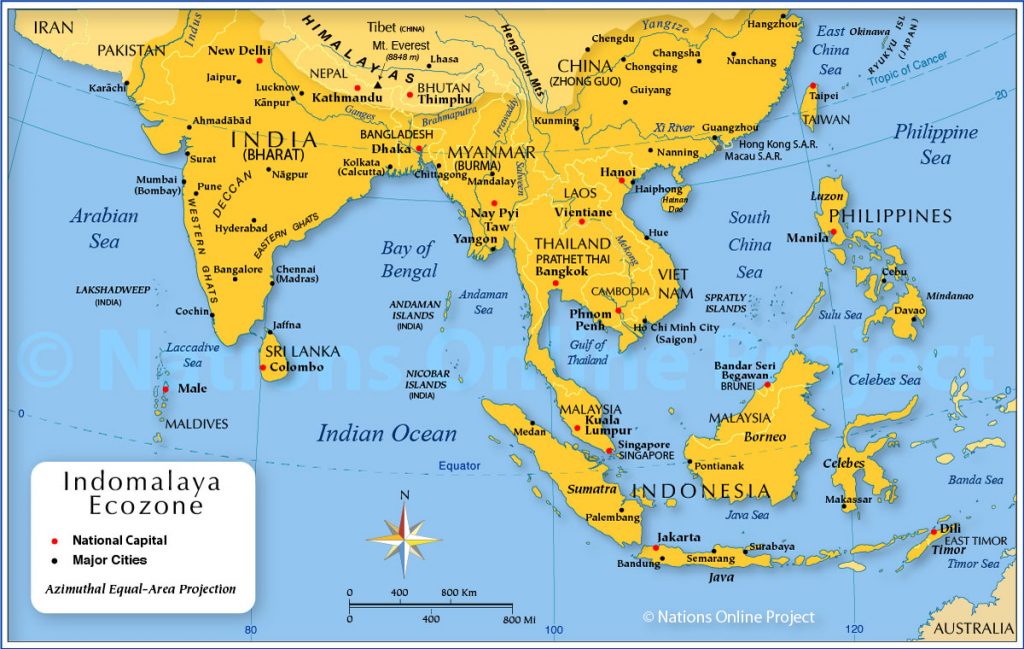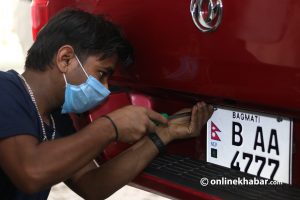Linguistically and ethnically, Nepal is a diverse country with Nepali as its lingua franca. Although the new generation ironically seem to be trying hard to excel their English language skills, Nepali has remained an interesting language with so many interesting features.
Here are a few of the interesting facts of Nepali language, unknown to many.
1. It was first known as Khas Kura

The Nepali language originally belonged to the Indo-European language family which is also described as Khas Kura, the language of Khas kingdom. It originated in the western hilly region of Nepal, some 500 years ago. It was spoken by the Khas people of Karnali region. It was also called ‘Gorkhali’ before the term Nepali was adopted. Over the centuries, different forms of Nepali language emerged with distinctive influences from Sanskrit, Maithili, Hindi, and Bengali making Khas the common language for all.
2. Writing Nepali began in the 12th century

A script used to write the Nepali language in first appeared in the 10th century, but it was only used in writing during the 12th century. Nepal Lipi or Nepal Script is the oldest (Takri) alphabet that was in use from the 10th to the early 20th century, but since then this script has been largely replaced by the modern script known as Devanagari. From the oldest script (Nepal Lipi), about 50,000 manuscripts have been archived.
3. 45% of the population have Nepali as mother tongue

As per the 2011 national census, 44.6% of Nepal’s population speaks Nepali as their first language, which is the highest in Nepal. Meanwhile, 32.8% of people speak Nepali as a second language. It is generally spoken in the hilly region of Nepal, particularly in the western part. However, this language is used by the government in its day-to-day administrative works.
4. Nepali is spoken outside Nepal too

This language is spoken by more than 17 million individuals in Nepal and other neighbouring countries including India, Bhutan, Brunei, and Myanmar. Nepali language is not only the official language of Nepal but is also one of the 23 official languages of India which is spoken in the states of Sikkim and West Bengal. It is estimated that around 500,000 people use the Nepali language in India. There are Nepali speakers in cities such as Kolkata, Delhi, Bangalore, and Mumbai.
It is also used in Myanmar and Bhutan, where it is known as Lhotshampa. And, the worldwide population of Nepali speakers is estimated at 15 million and 360,100. However, the Nepali language is not the official language in either of those countries.
5. It has several variants

The Nepali language consists of three major dialect groups such as the western, the central, and the eastern, based on the geographical area of the speaker. Dialects of Nepali language include Achhami, Baitadeli, Bajhangi, Bajurali, Bheri, Dadeldhuri, Dailekhi, Darchulali, Darchuli, Doteli, Gandakeli, Humli, Purbeli, and Soradi. Also, Jhapali and Syangjali are also considered variants of the Nepali language.
Also, there is one different variant that is used by the members of the royal family and the upper classes as well. This version has a special vocabulary and a four-level honorific system that is increasingly being adopted by the educated middle class and the new wealthy individuals.























